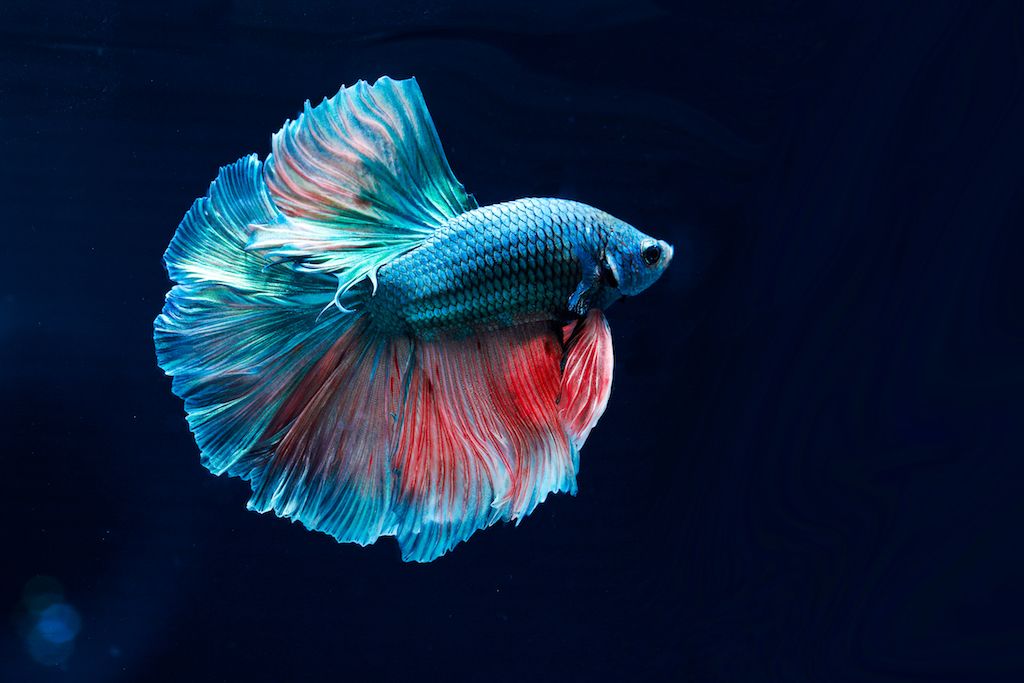Understanding Betta Fish Habits: What Every Proprietor Should Know
Understanding Betta Fish Habits: What Every Proprietor Should Know
Blog Article
Exactly How to Breed Betta Fish Successfully: Specialist Methods and Insights for Hobbyists Looking to Increase Their Betta Collection
Breeding Betta fish needs a nuanced understanding of genes and ecological problems, making it important for hobbyists to approach the process with both diligence and care. Producing an optimum reproduction setting, selecting the best pairs, and observing the details of their courtship actions are fundamental steps that can significantly affect the result.
Recognizing Betta Fish Genes
Understanding the genetics of Betta fish is crucial for effective reproduction, as it affects qualities such as color, fin shape, and actions. Betta fish show a diverse range of colors and patterns, greatly established by their hereditary makeup.
In addition to pigmentation, fin morphology is one more significant aspect of Betta genetics (betta fish). The form and dimension of fins are influenced by various genetics, including those that determine whether the fins are short, long, or veil-shaped. Comprehending these genetic variants helps dog breeders forecast the phenotypic results of their offspring
In addition, behavioral qualities such as aggressiveness and territoriality can additionally be affected by genetics. These habits play an important function in the breeding process, as they can affect spawning success and the overall temperament of the resulting fry. By thoroughly understanding these genetic principles, dog breeders can make educated decisions, ultimately enhancing their reproduction programs and accomplishing desirable results.
Preparing the Reproduction Setting
Producing an ideal reproduction environment is important for the effective reproduction of Betta fish. The first step in preparing this setting is to pick an appropriate breeding storage tank, preferably varying from 5 to 10 gallons.
Next, consider making use of a sponge filter or an air rock to give gentle water flow without producing solid currents that can emphasize the fish. It is vital to set up plants or reproducing cones to use concealing places and promote comfort for the female during the spawning process. Floating plants, such as Java moss or water sprite, can also create a much more native environment while assisting in bubble nest structure by the man.
Prior to presenting the reproducing pairs, make sure the water is conditioned and devoid of hazardous chemicals, such as chlorine or heavy metals. betta fish. Normal water adjustments need to be performed to keep optimum water top quality, improving the possibilities of successful breeding. With these preparations in place, the breeding environment will certainly sustain the health and wellness and wellness of both Betta fish
Selecting Breeding Pairs
Choosing the right reproduction sets is essential for attaining effective Betta fish reproduction. Healthy and balanced Betta fish exhibit vivid colors, clear eyes, and active habits.
Temperament is an additional crucial consideration, as Betta fish are understood for their hostile nature. It is suggested to choose a male and woman that exhibit suitable temperaments to decrease tension throughout the breeding procedure. A calm male can urge a smoother courtship, while a female that is as well aggressive may interfere with the process.
Hereditary background likewise plays a significant function in the top quality of the offspring. Breeding fish that are genetically varied can decrease the danger of genetic health problems and enhance the overall vitality of the fry. It is advantageous to investigate the family tree of both the male and woman, concentrating on preferable traits such as fin type, color scheme, and dimension.
The Reproduction Process
The breeding procedure of Betta fish calls for careful planning and interest to information to make certain a successful outcome. Originally, it is important to prepare an appropriate reproduction container, ideally a 5-10 gallon fish tank with a temperature level kept this at 78-80 ° F. The storage tank must be outfitted with a heater, filter (preferably sponge type to avoid strong currents), and a lot of aquatic plants for the female to hide.
Once the environment is established, present the picked reproducing set to the storage tank, enabling them to adapt. Observe their actions; the man will certainly show sophisticated courtship routines, including flaring his fins and developing a bubble nest. If the female reveals passion, she will certainly show vertical stripes indicating preparedness for spawning.
When the lady is responsive, the set will certainly take part in a mating embrace, throughout which the male fertilizes the eggs. It is essential to monitor their communications very closely, as the man may become aggressive. After generating, get rid of the woman to avoid potential harm. The man will certainly have a tendency to the eggs, which usually hatch within 24-36 hours. Keeping ideal water conditions during this period is important for the development of healthy and balanced Betta fry.
Taking Care Of Betta Fry

Feeding Betta fry is critical, as they need a diet regimen high in healthy protein. They can be fed infusoria or liquid fry food, transitioning to finely crushed top notch pellets as they expand. Feed tiny parts multiple times a day to encourage healthy growth without overwhelming the storage go to these guys tank with leftover click to investigate food.

As they mature, check their growth very closely and separate any kind of aggressive people to stop injury. By offering a supporting atmosphere and proper nourishment, hobbyists can efficiently raise Betta fry right into vivid, healthy fish, inevitably enhancing their reproduction endeavors.
Final Thought
Effective Betta fish breeding calls for meticulous interest to hereditary choice, environmental conditions, and take care of the fry. By comprehending the genetics of Betta fish and preparing a proper breeding atmosphere, hobbyists can enhance the possibilities of generating dynamic, healthy children. Picking compatible breeding sets and very closely keeping track of the courtship and generating procedures are important. Ultimately, offering optimum care for the fry guarantees their healthy advancement, contributing to a growing Betta collection.
Report this page